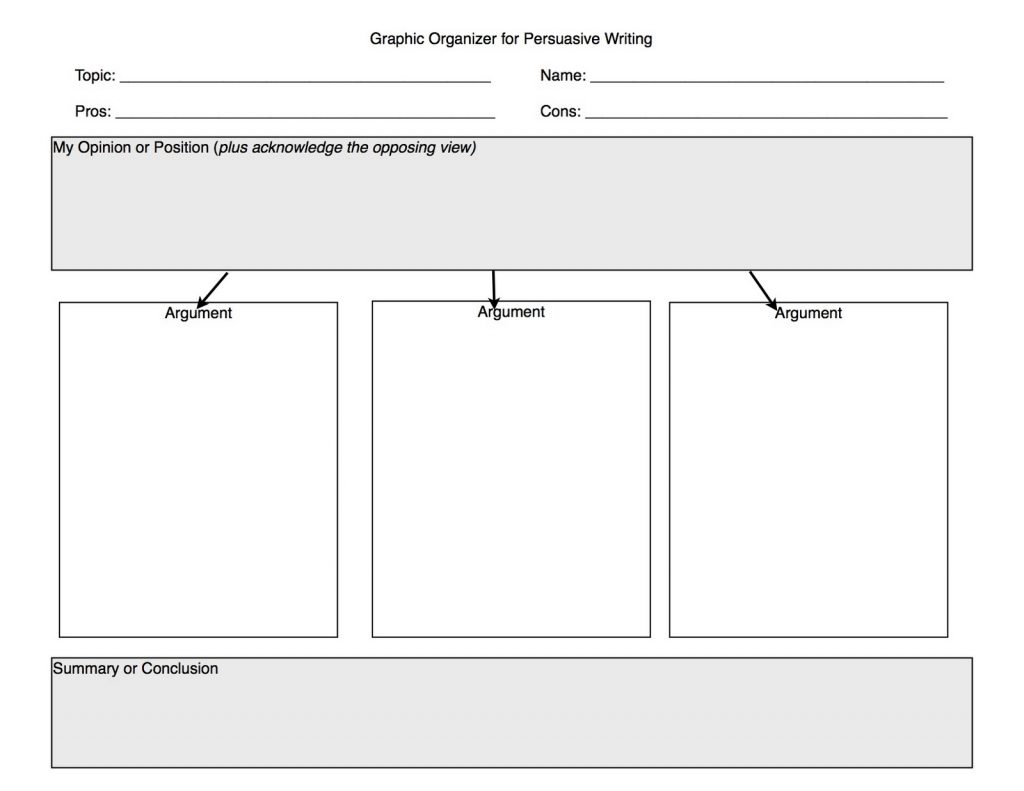Description, analysis and persuasion
Familiar features in diverse assignment tasks
During the duration of your studies at university, you may have to write on diverse range of assignments. Is it easy Write Analytically and persuasively, t is hard to categorize all the probably kinds of assignments. Often words such as assignment, essay or report describe various types of assignments. Therefore, it is not possible to identify a generic assignment or essay. Diverse tasks and questions require different answers. In spite of the questions being different, they do have a certain similar features. One of those features is that the person who prepares and sets the questions wants see through your answer how well you can analyse, write persuasively and think critically. This guide focuses on these critically aspects that are common in most assignments. Now, let us understand the meaning of being descriptive, analytical and persuasive.
Description, analysis and persuasion
Descriptive means a writing that explains something or portrays what something is like. In spite of the fact, description is an integral part of large assignments that whole assignment is hardly just descriptive.
Analytical points out to a piece of writing that dissects a topic and indicates how various aspects relate to each other. A majority of university assignments require analysis.
A specimen of writing is categorised as persuasive if provides evidence, which is possible to evaluate critically and can persuade a reader either that an aspect is true or that some action is require. Almost all university assignments include an element of persuasion.
Assignments that are both analytical and persuasive always get the highest marks as such assignments that scrutinise the topic, organise, classify and arrange the information with supportive evidence to present a persuasive case.
The subsequent three examples illustrate how the diverse ways of treating the similar information. The subject matter is a team sports and individual sports. The first example is descriptive, the second is analytical and the third is persuasive.
Example A
Team sports always involve more than one player. Each player cooperates with each other and perform as a team as in hockey, cricket, netball and rugby leagues. However, in individual sports, the sportsperson competes on their own like boxing, golf, weightlifting and swimming. There is seldom any physical contact among player in individual sport except fighting sports. As the players share the equipment, the cost per player is relatively less.
Example B
It is possible to divide sport into two main categories, namely team sports and individual sports. Team sports refer to those sports that require more than one player on either side like hockey, netball and rugby. On the other hand, in individual sports two players compete against each other like boxing and golf.
In team sports, the individual players need to cooperate with each other to win regardless of their personal performance. In the case of individual sports, the players just compete against each other.
The cost per player in team sports is relatively less when compared to individual sports.
The risk of injury is greater in team sports as the players come in direct contact with each other but some individual sports are just as dangerous.
Example C
Of the two broad categories of sport, team sports are beneficial to society because of two main reasons, cooperative behaviour and cost. However, negative factors like risk of injury are identical to both sports.
Team sport teaches the players to cooperate with each other, which is the backbone in assisting society to function in a healthy and productive way. However, individual sports cultivate an individualistic approach.
In spite of all sports being expensive, individual sports tend to be more costly for players.
There is a level of risk in all sports the extent of this risk depends on how dangerous the sport is regardless of whether it is a team sport or an individual sport.

Example A is descriptive in nature as it is a compilation of sentences but the information is not organised in a logical manner.
Example B is analytical as it takes the same information about team and individual sports. However, it defines each sport and classifies them in terms of cooperation, risk and cost.
Example C attempts to persuade the reader on which sport is beneficial for society. This is called a thesis statement.
There are a number of ways to analyse and organise the information. However, it is imperative to ensure your analyse and organisation matches what the assignment task requires you to do.


